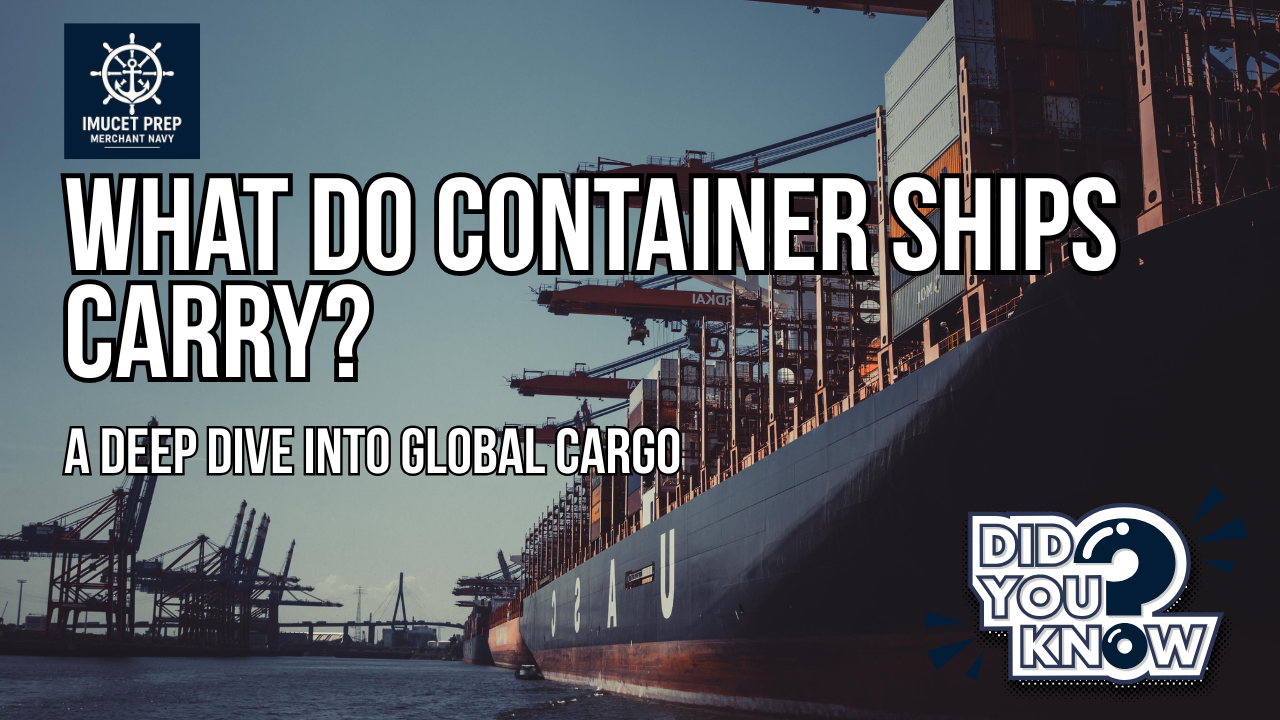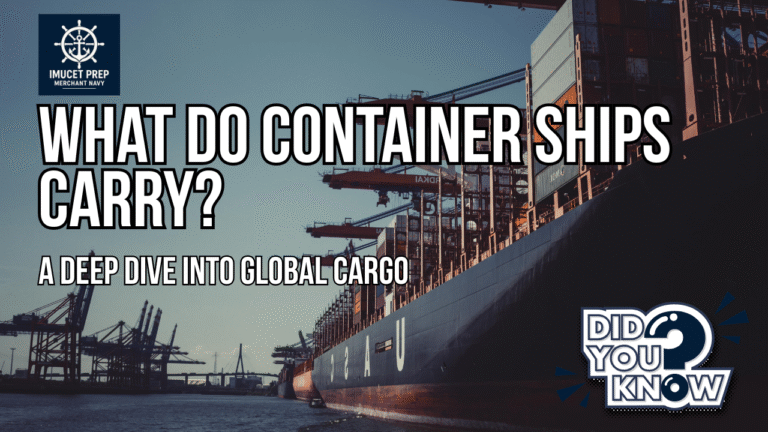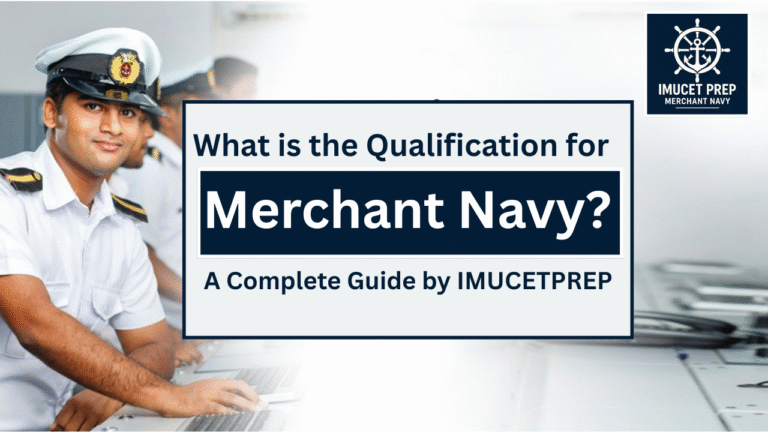
What Do Container Ships Carry? A Deep Dive into Global Cargo
Imagine a floating city the size of several football fields, loaded with everyday items that power our lives. At IMUCETPrep, we understand the importance of this journey and are here to guide you. Container ships haul over 90% of non-bulk goods worldwide, as per UNCTAD data. This post will break down their loads, from common freight to rare hauls, with key stats, examples, and useful insights for anyone curious about the maritime industry. These vessels are the workhorses of global trade, moving everything from your latest smartphone to the parts for your car.
The Diverse Types of Cargo on Container Ships
Container ships use standardized steel boxes, known as shipping containers, for unparalleled efficiency. This system, called containerization, allows for the diverse range of goods transported across the world’s oceans.
Dry Goods: Everyday Essentials and Consumer Products
Most of the cargo falls into this category. These are non-perishable items that don’t require temperature control. In 2023, dry cargo made up over 80% of global container volume.
- Textiles and apparel: The clothes you wear often begin their journey in an Asian factory and are shipped in containers to stores in the U.S. and Europe.
- Consumer electronics: Your new smartphone or TV is most likely shipped in a sealed container, protected from the elements.
- Machinery parts: Components for factories and assembly lines are frequently moved in high volumes, stacked neatly in containers to supply just-in-time manufacturing.
- Household goods: Everything from furniture to kitchenware is transported this way, making global sourcing possible for retailers.
Refrigerated Cargo: The "Reefers" for Perishables
A vital but smaller segment of container traffic is carried by reefer containers. These are essentially mobile refrigerators that maintain a precise temperature, accounting for about 5-7% of all shipments.
- Fresh produce: Fruits like bananas from Latin America must be maintained at a steady 13°C.
- Meats and dairy: Frozen goods from countries like Australia are transported at sub-zero temperatures, often as low as -18°C.
- Pharmaceuticals and flowers: These products require strict climate control to remain viable, making reefer containers a critical part of the cold chain logistics.
Liquid and Bulk Items: Specialized Hauls
While most people associate container ships with solid goods, some containers are specially designed to carry liquids or semi-bulk items.
- Chemicals and oils: Insulated tank containers are used to transport non-hazardous liquids, preventing spills and contamination.
- Wines and juices: Flexible bags, or flexitanks, are inserted into standard containers to safely move food-grade liquids.
- Grains and powders: Specialized ventilated containers are used for transporting bulk grains or powders, controlling moisture levels during the voyage.
Real-World Examples of Cargo Shipments
Case studies offer a practical look at how these massive vessels function in the real world and the sheer scale of their operations.
The Iconic Suez Canal Incident
The 2021 grounding of the Ever Given container ship in the Suez Canal highlighted the immense volume of cargo these ships carry. The vessel, which has a capacity of over 20,000 TEUs (Twenty-foot Equivalent Units), was loaded with a diverse array of goods, including Japanese cars and home appliances. This single incident blocked a critical global artery for six days, underscoring how vital container freight forwarding is to the global economy.
- The lesson: Delays in port logistics can cause a ripple effect, leading to price spikes and shortages of common consumer goods.
- The takeaway: Businesses and consumers must stay informed on supply chain disruptions to manage expectations.
Seasonal Hauls During Holidays
The busiest times for container shipping are during holiday seasons. Retailers use these vessels to stock their shelves for events like Black Friday and Christmas.
- Toys and consumer goods: Shipments of holiday season cargo, such as toys from China, typically peak in October to ensure they arrive in time for the retail rush.
- The trend: Reports from the Baltic and International Maritime Council (BIMCO) indicate a recent surge in specific product categories, such as electric bicycles, with a notable increase in 2024.
Key Statistics and Industry Insights
The numbers behind container shipping reveal an industry of staggering scale and constant evolution.
Growth and Volume Data
- Global container traffic hit an estimated 170 million TEUs in 2024, according to industry analysis.
- Ships are getting bigger: the largest ultra-large container vessels (ULCVs) can hold up to 24,000 TEUs.
- The Asia-Europe route is the busiest trade lane, accounting for a significant portion of all containerized cargo.
- The US import value reaches trillions of dollars yearly, with most of it arriving via container ships. As maritime analyst Lars Jensen famously said, “Containers revolutionized trade.”
Challenges in Cargo Handling
Even with advanced technology, the industry faces significant hurdles.
- Challenges: Weather events, labour issues, and port congestion can cause major delays. In 2023, port congestion added an average of 10 days to some voyages.
- Costs: Rising fuel costs, up about 25% in 2023, directly impact shipping rates and the cost of overseas freight.
- Industry perspective: As one captain, Maria Lopez, noted, “Weather tests our cargo’s limits daily,” highlighting the continuous need for resilience in the face of unforeseen events.
Future Projections and Sustainable Shipping
The future of container shipping is focused on two major trends: automation and sustainability.
- Automation: Port automation and AI-powered optimization will become more common, with projections of 200 million TEUs by 2030. AI is already being used to optimize cargo packing, reducing wasted space and improving efficiency.
- Green shipping: The International Maritime Organization (IMO) aims for more sustainable practices. By 2025, a growing percentage of loads are expected to be carried on vessels with lower emissions. This includes recycled plastics and electric vehicle batteries, which are becoming a major part of international shipping trade.
If the world of shipping intrigues you, and you want to be part of this dynamic industry, IMUCETPrep is your destination. We provide the essential training and guidance to help you pass the IMU CET exam and embark on a fulfilling maritime career
Conclusion: The Backbone of Global Supply Chains
Container ships are the unsung heroes of the global economy, carrying everything from your morning coffee beans to your latest tech gadgets. With stats revealing an endless variety of goods and real-world examples like the Ever Given incident highlighting the fragility of supply chains, one takeaway is clear: understanding the world of container cargo is crucial for businesses and consumers alike.
taying informed on global shipping trends allows you to make smarter purchasing and business decisions. So, the next time you look at a product in a store, remember the incredible journey it likely took on a massive container ship to get there. For aspiring merchant navy officers, preparing with the right coaching is essential. Visit IMUCETPrep to start your journey today! 🚢
Staying informed on global shipping trends allows you to make smarter purchasing and business decisions. So, the next time you look at a product in a store, remember the incredible journey it likely took on a massive container ship to get there.
Call or Visit Us Today
Don’t wait until it’s too late. Next IMU-CET exam is closer than you think.
Drop by our center, meet our mentors.
Contact Us: IMUCETPrep, Hisar +917409782619 or simply fill this form
Location: second floor, Above Lg showroom, red square market, hisar haryana, 125001






